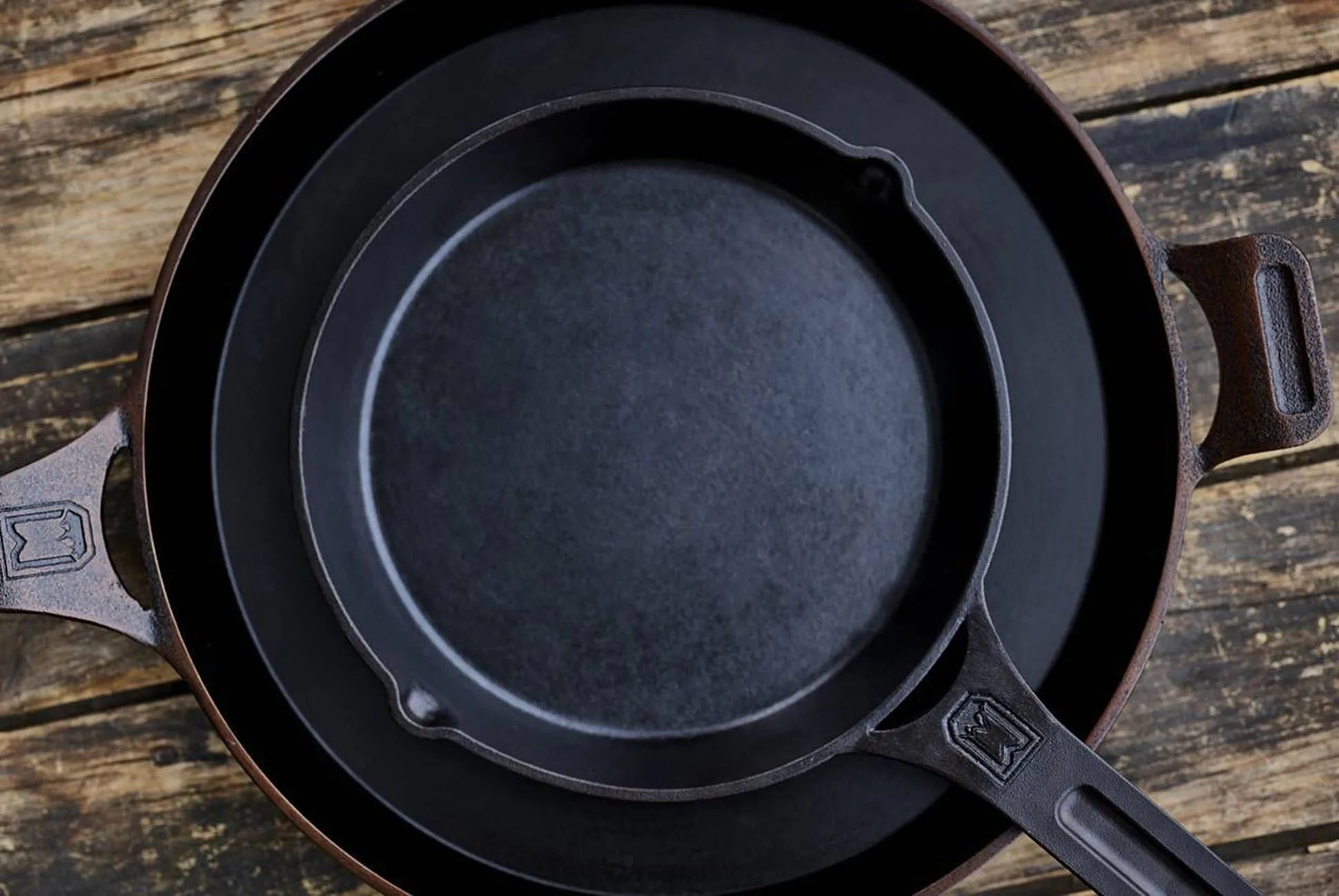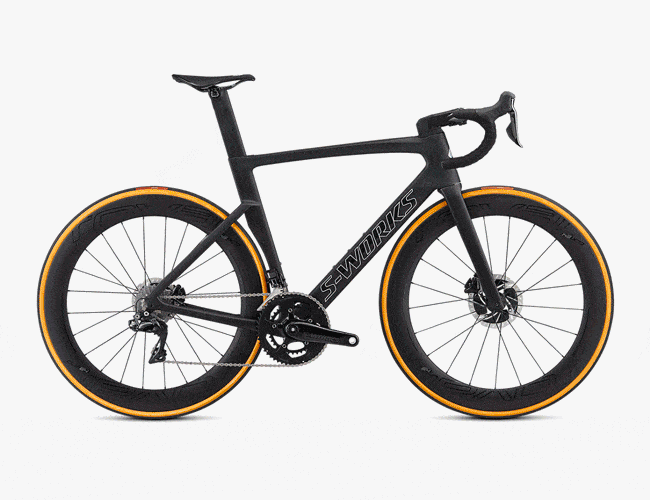The idea that cast-iron skillets are weighty, immovable cooking vessels is a rather new phenomenon. Before the 1950s, cast-iron cookware was cast much, much thinner than it is today, and thus was much, much lighter. This is a key reason vintage skillets are still sought after today (most are not $2,800).
Marquette is a Michigan town on Lake Superior known for importing large amounts of iron ore. It’s also the name of a young cast-iron cookware company called Marquette Castings, a crowdfunded company out of Royal Oaks, Michigan manufacturing skillets that are almost half the weight of those from nearly every other brand.
The company, which started with a Kickstarter campaign in 2016, uses a method of production different from the typical sand casting method used by nearly all modern cast-iron skillet makers. Marquette’s chosen method is called investment casting, a modern version of classic wax casting used to make all sorts of weird stuff in centuries past.
Investment casting is just one of many casting methods out there, but the gist is that it allows the manufacturer to create iron pieces with millimeter-perfect detailing and shave off the significant bulk associated with sand casting. The result is Marquette Casting’s ultra-lightweight cast-iron pans.
Its 10-inch cast-iron skillet, which retails for $95, is just 3.7 pounds. For reference, Lodge’s 10-inch skillet weighs almost five pounds, while those from Smithey Ironware and Finex’s are 5.5 and 6.3 pounds, respectively.

